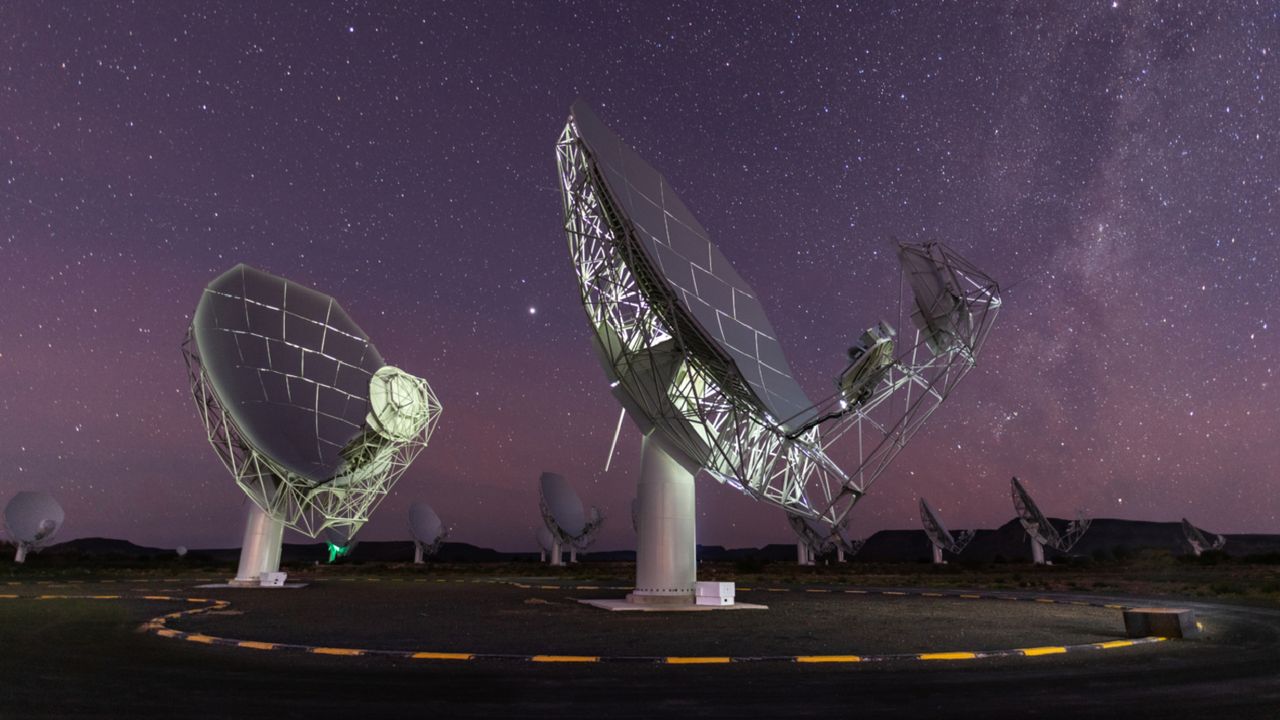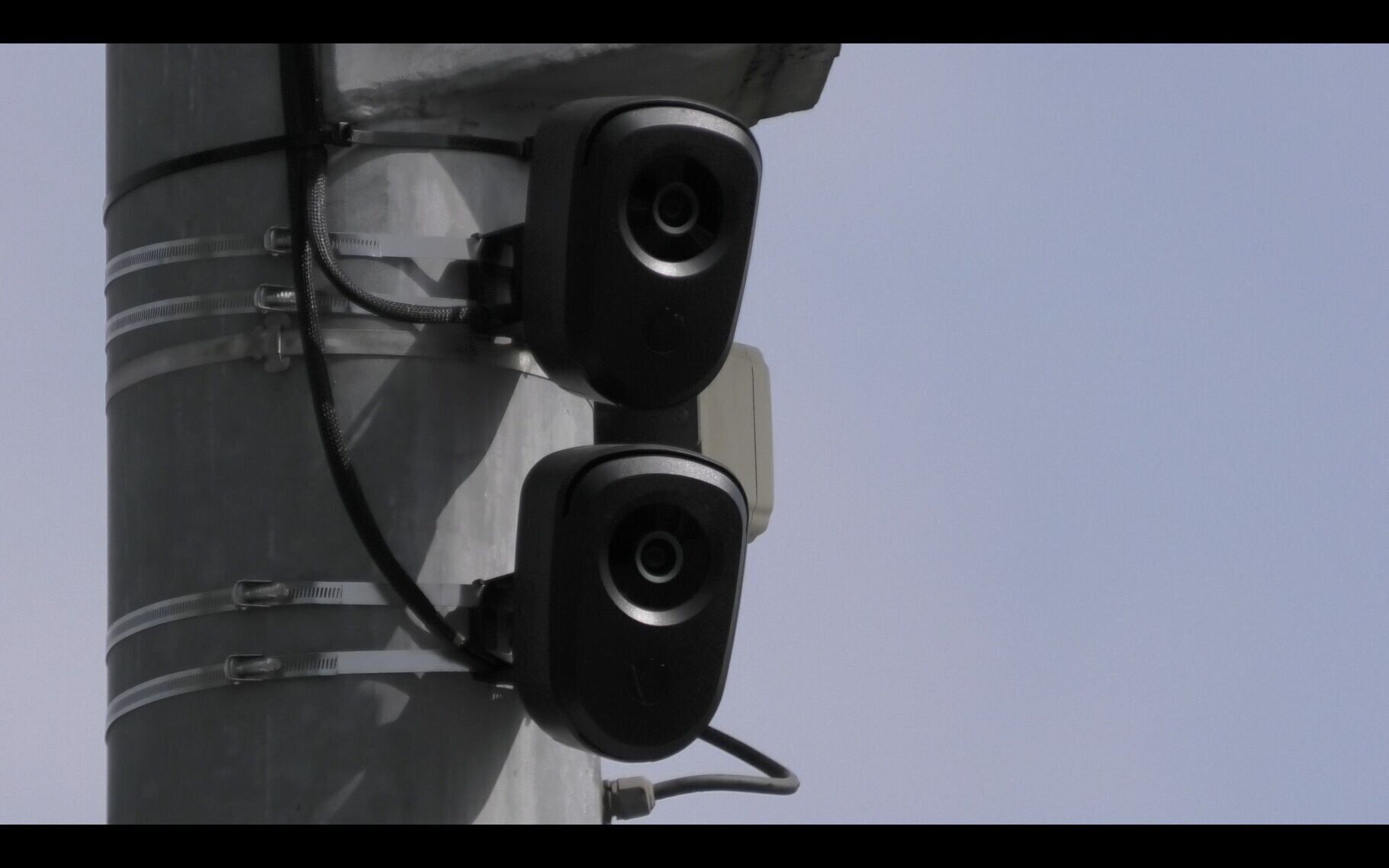Astronomers at South Africa’s MeerKAT radio telescope have detected a groundbreaking radio signal from 3I/ATLAS, the first known interstellar comet to emit such waves. Though alien rumors briefly swirled, scientists confirm the waves are entirely natural, highlighting the comet’s fascinating place in our cosmic neighborhood.
Astronomers detect first ‘radio signal’ from interstellar comet 3I/ATLAS — but it wasn’t aliens

Key Takeaways:
- For the first time, an interstellar comet (3I/ATLAS) was observed emitting radio waves.
- South Africa’s MeerKAT telescope made the historic detection.
- The signal is fully natural, quelling suspicions of an alien source.
- This discovery expands our knowledge of interstellar comets’ behavior.
- The data underscores the far-reaching capabilities of cutting-edge radio astronomy.
Introduction to 3I/ATLAS
3I/ATLAS is not your ordinary comet. Originating beyond our solar system, this interstellar traveler wandered into astronomers’ view, immediately sparking worldwide curiosity. Its fleeting journey offers a rare window into the makeup and workings of comets that hail from distant star systems.
Discovery at MeerKAT
Astronomers using the MeerKAT radio telescope in South Africa made history by detecting the first radio waves ever recorded from 3I/ATLAS. Until now, no interstellar comet had been known to emit such signals that could be picked up by Earth-based instruments. The MeerKAT data revealed an active and intriguing object, energizing the research community.
Why It’s Not Aliens
Inevitably, some speculated that these radio waves might signal extraterrestrial intelligence. However, scientists quickly clarified that the emissions align with natural phenomena commonly associated with comets. While the idea of alien life can capture our imagination, experts emphasize that this signal simply reinforces 3I/ATLAS’s perfectly natural behavior.
Broader Implications for Interstellar Science
These findings contribute to a growing body of knowledge about objects that venture between star systems. With each comet or asteroid discovered zipping through interplanetary space, astronomers refine their understanding of how matter and energy behave beyond our usual cosmic boundaries. Such insights can inform future studies on the conditions that exist elsewhere in the universe.
Looking Ahead
Observations like these underscore the immense potential of radio astronomy. By scrutinizing the signals drifting through the cosmos, scientists can piece together comprehensive portraits of interstellar bodies. The discovery around 3I/ATLAS stands as a testament to continued innovation in space science—and a reminder that even the farthest wanderers sometimes show up loud and clear.











